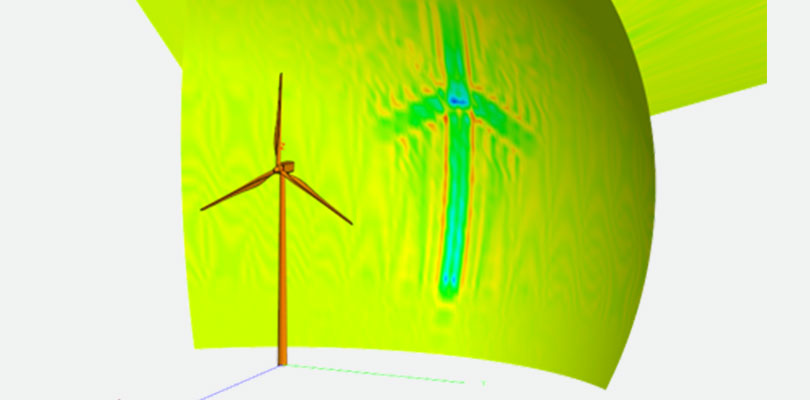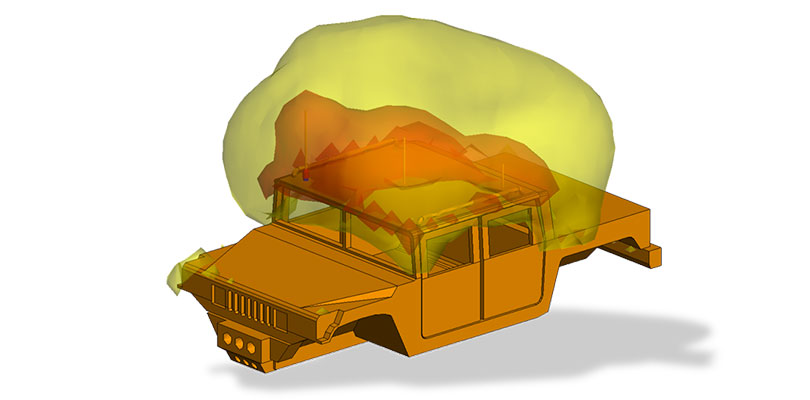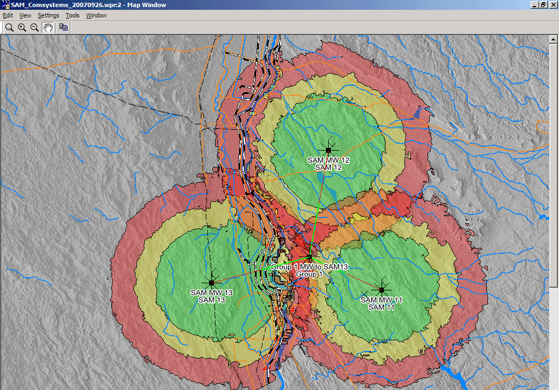Electronic System Design for Aerospace and Defense Webinar Series
Aerospace and defense industries rely heavily on advanced electronic systems for field communications, controls and targeting systems, threat detection, asset tracking and health monitoring, and theater operations. These advanced electronic systems often require multiple high-fidelity antennas and their interference-free integration within a device, system or vehicle for maximum signal strength and reliability. This webinar series will explore electromagnetics simulation strategies and technologies to support the development of complex electronic systems.
This webinar series has been designed to address the needs and challenges of engineering managers, EMC engineers, antenna engineers and designers, RF engineers, and Radio site engineers from military contractors (OEMs and their suppliers), defense governmental organizations (including navy, air force, army), and aerospace companies (OEMs and their suppliers).
Featured Resources

Optimizing Antennae Installed Performance
The design of novel antennas and analysis of installed antennae performance on large platforms demands a highly scalable electromagnetics software solution powered by high-performance computing (HPC) infrastructure. As a global leader in electromagnetics and HPC technologies, Altair uniquely provides antennae and RF designers with powerful electromagnetics solutions to rapidly design and evaluate antennae installed performance.
In this on-demand webinar, we cover specialized electromagnetics solutions differentiated by:
- Intuitive, guided workflows to accelerate antennae design and development,
- Seamless integration with private and cloud HPC resources for high-fidelity analysis of large structures, and
- Unsurpassed results accuracy and ability to assess antennae(s) performance within multiple operating environment scenarios.

Large Platform Co-site Interference Mitigation
(a) accurate determination of the coupling between antennas over a broad frequency range, even if platforms are complicated, and no direct line of sight may exist,
(b) evaluation of the impact of non-linear electronic effects including harmonics, intermodulation, IF breakthrough, image frequency, Tx and Rx spectra, and receiver blocking.
Altair’s full system solution for analysis of co-site interference will be presented in this webinar, along with a practical example where an interference problem is identified and eliminated.

Complex Radome Electromagnetics Simulation in Minutes
A radome is a structural enclosure that protects antennas and electronics from harsh weather and environmental factors without degrading electromagnetic signals to the radar. It is designed to have minimal impact on the electrical performance of the antenna and to withstand structural and wind loading performance requirements. They are used across multiple industries, including aerospace, defense, electronics, and telecommunications. Radomes, especially those containing multiple layers and curved FSS elements, are complex and the modeling and simulation of these systems can commonly take days and even weeks to complete. Altair’s streamlined radome simulation solution reduces this time to minutes. This webinar will overview Altair’s radome simulation solution and its application to design a radome system. Who Should Attend? This webinar has been designed to address the needs and challenges of engineering managers, EMC engineers, antenna engineers and designers, RF engineers, and Radio site engineers from military contractors (OEMs and their suppliers), defense governmental organizations (including navy, air force, army), and aerospace companies (OEMs and their suppliers).

RCS and Scattering Simulation for Radar Systems
Innovation and digitization are key factors when designing advanced detection systems, autonomous vehicles, and stealth technology, where electromagnetic simulation has become essential. In this webinar, we will cover central concepts important to Radar Cross Section (RCS) and scattering calculations. This will include the exploration of various applications, highlighting some of the newest capabilities helping customers to solve challenging problems leveraging established and industry-leading solutions.

Designing for Electromagnetic Radiation Hazards Compliance
New technologies such as 5G, V2V-communication, e-mobility and IoT increase the number of electromagnetic field sources in the environment. When designing such electronic systems, compliance with electromagnetic radiation hazard standards (e.g., ICNIRP 2020) must be ensured. This webinar will discuss the hazards of electromagnetic radiation to personnel, ordnance, and fuel and how this can be mitigated through numerical field calculations with Altair technology. Defense, automotive and telecommunications case histories will be presented.

Radar and Radio Systems Coverage Optimization
Using simulation to predict, analyze, optimize, and plan the coverage given by radio and radar systems is key to reduce development and planning times together with costs. Also, in some cases, this is the only feasible approach to identify and fix communication issues. This webinar overviews simulation strategies for propagation analysis in complex environments, including among others large-scale terrain, cities, or buildings with interior detail. Additionally, the effects of interference and jamming will be covered and how the frequency allocation for a system with many transmitters can be optimized automatically.
